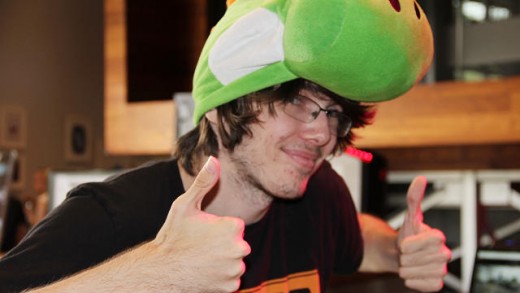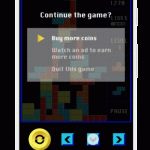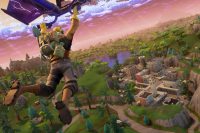Gamers Weigh In On YouTube’s New Gaming App
Behind the scenes at the YouTube Gaming App announcement, professional gamers weighed in how its features will improve business and creative collaborations.
In the wake of YouTube’s Friday unveiling of its new gaming hub, some four dozen professional gamers convened in the cavernous lobby of the firm’s Los Angeles digs, checking out the app’s offerings on designated laptops, and discussing its potential for improving their business.
The YouTube Gaming App—out this summer and on display (booth 801) at this week’s E3 conference in Los Angeles—will house YouTube’s 25,000-plus games, and gaming-related videos and live streams under one digital roof, promising a more robust community, refined searches, and improved live-streaming. (YouTube has been stronger in video-on-demand than live-streaming.)
“If you build a product, people will come,” said Ryan Wyatt, YouTube’s head of gaming content, during a post-announcement press conference. “This is the only one-stop destination for all gaming content for both VOD and live.”

For YouTube, coalescing this community creates opportunities for increasingly targeted advertising and resulting monetization, such as subscription models, digital retail stores for gaming merchandise and player tools, and YouTube-sponsored original game-themed programming. It hopes to attract more live-stream reliant categories, like e-sports. For gamers, it means increased ways to share audiences, expand more into live-streaming, and find new creative collaborators.
The app also supports competitor Twitch’s live-streaming audience. “A Twitch streamer that has a YouTube channel, when they go live, we have an annotation that takes them over to the Twitch broadcast,” says Wyatt. “We look at the ecosystem as a whole and want to support all the community websites doing gaming content.”
Twitch, meanwhile, fired a good-natured shot across the bow:
On the lobby floor, between group shots and selfies with one another, established and rising gaming stars discussed their reactions to the app’s features with us.
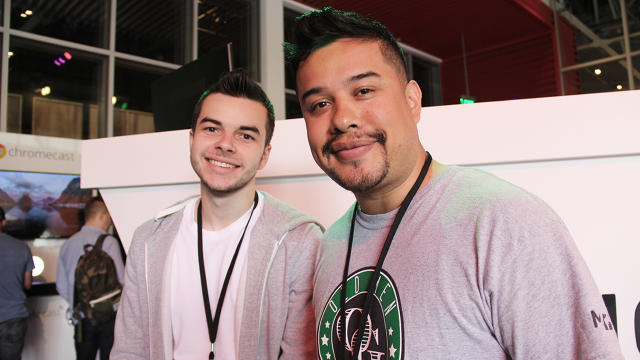
“You could live-shoot on YouTube before, but it was more complicated,” says Matthew Haag, whose gaming moniker is Nadeshot, and who runs OpTic Gaming with Hector Rodriguez, who goes by H3CZ (pronounced “Hex”). “By consolidating it in one place, anytime you click on a gaming video, it’s going to direct you to where all the gaming is happening. People won’t have to go anywhere else to find more videos about you and what you do.”
“Doing everything [VOD and live-streaming] in-house makes it a lot easier for a content producer to make a better living off what they already do,” adds Rodriguez. “Once you have the opportunity to build something around a community, you can share audiences.”

“On the gaming app, people have more of a chance of finding you and your content than if they were searching for it on the general YouTube site,” said Lui Calibre. “People searching on the overall site might see music videos, trailers, or parodies that have nothing to do with the gaming itself.
“I like the direct support and connection with using the app for my videos as opposed to having another platform to stream off of,” he added. “This app allows you to fix videos on the spot as opposed to download, fix, and relaunch. I feel like YouTube was experimenting with their streaming service, but now they’re refining it a lot more. It’s a lot easier and the chat that’s implemented is a lot better. They’re still improving upon it, but it’s a lot better than when it started.”
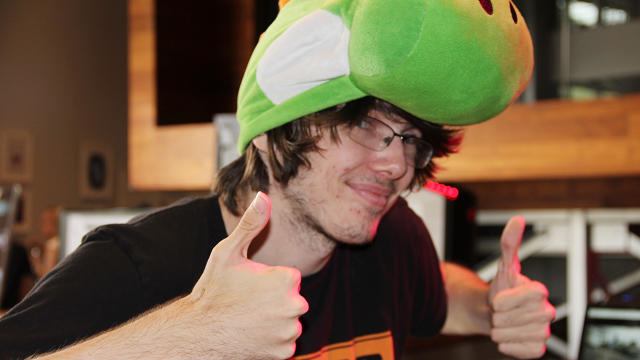
“This app has a very heavy emphasis on livestreams and it’s made for convenience,” said Bradley Shapiro, who’s known as “Yoshiller.” “You push a button on your phone and highjack your TV in your living room and start streaming.
“Since I don’t live stream that often, this could be a way for me to actually start,” he adds. “Live streaming on YouTube has been pretty hit or miss. I know people use other platforms, but they really seem to be pushing this. A lot of YouTubers want to get into livestreaming and a lot of livestreamers want to get into making VOD videos. What really helps is collaborating, and this app can help people from both communities more easily find each other.”
Fast Company , Read Full Story
(132)

